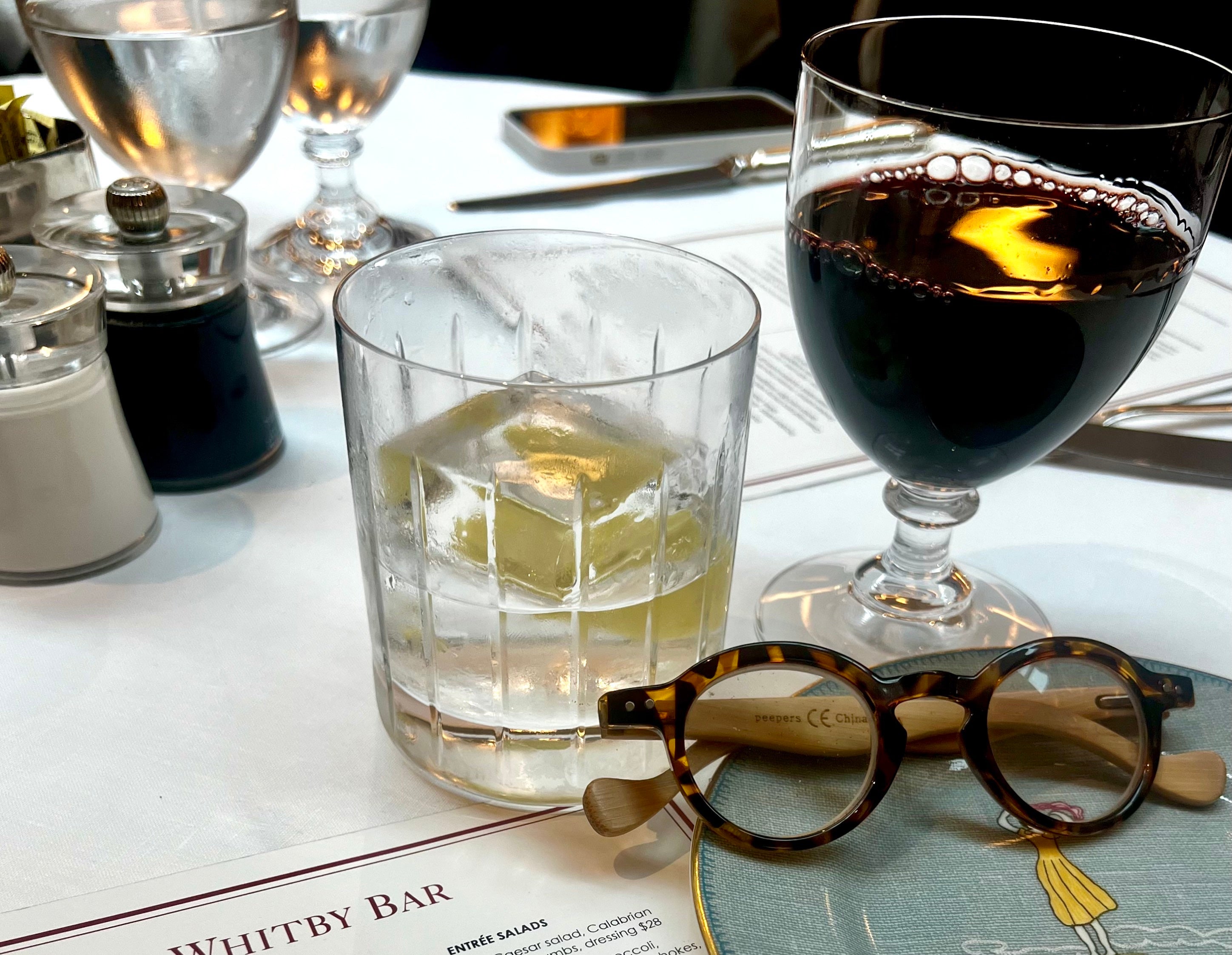Food & Recipes, Kitchen Hacks, Videos
From Ordinary to Extraordinary: A Journey into the World of Salt and Pepper
Time to refresh two cooking ingredients that we often take for granted.
“Salt is what makes things taste bad when it isn’t in them” – Anon.
Salt and pepper are two of the most important ingredients in cooking – and oh how we take them for granted! Some people lump them together as if they were one ingredient although they have nothing in common. Salt is categorized as seasoning and pepper is a spice.
In ancient times, salt was highly valued and its production legally restricted so that people used it as a method of currency and trade. In fact, the word “salary” comes from the Latin word “salarium” which literally translated means “salt money.” And, the word “salad” also comes from “salt” and began with the early Romans salting leafy greens and vegetables!
Most people think of salt as just plain table salt – highly refined, heavily ground with most of the impurities and trace minerals removed. Table salt is about 97% pure sodium chloride with a dash of iodine added (that was started in 1924).
But restaurant chefs and experienced home cooks know that not all salt is the same. There are many types – and the little differences affect taste, flavor, color, and texture. Salt comes in many forms: large grain, small grain, flake, and more.
For example, simple sea salt comes from evaporating seawater and is the second most common found and produced. Usually, it’s presented as a larger crystal – less ground – and often has a slightly darker color due to “impurities” and trace nutrients that are left in the salt. Depending on where it is harvested, the taste will vary.
Himalayan pink salt – which is mined in Pakistan – used to be so rare. It stood out because of its pink color which is due to trace amounts of naturally occurring iron oxide. Nowadays, you can find Himalayan pink on most grocery store shelves.
There’s also Kosher Salt – a larger coarser grain than regular commercial table salt and has a less salty flavor than regular table salt. It’s used in restaurant kitchens everywhere as it’s the easiest to control for flavor – you rarely over salt if you use it in your cooking. It’s easy to over salt when using table salt.
Salts come from all over the world – France, Italy, Hawaii (there’s a black Hawaiian salt that contains activated charcoal), India, and the Pacific Northwest where a favorite of mine comes from Jacobsen Salt Co in Oregon.
Salt can be infused with different spices like black garlic, ghost chili, rosemary, lemon, truffle, etc. On one of my trips I discovered smoked salt – it was naturally smoked to give an added flavor to whatever was cooking. But if you find a smoked salt that you want to buy make sure that it is naturally smoked and not infused with liquid smoke (that’s a whole other flavor and not one I prefer).
Pepper has been accompanying humanity for a very long time. Long enough for the ancient Greeks to use it as a form of currency to pay taxes. Naturally, the Romans used it and so did the ancient Egyptians.
Pepper comes from peppercorn – one of the most highly traded spices around the world from ancient times to present day. And there are many different types, all with different flavor profiles that will add a distinct effect wherever it is used.
The best tasting pepper comes from freshly ground peppercorn. But pepper starts to lose flavor almost as soon as it is ground. My tip: grind pepper as you need it, at the very end of cooking or just before serving.
What kind of peppercorn you want depends on the flavor you are trying to achieve. The most popular ones are: black, green, white, red, and pink.
Black peppercorns are the most common variety and are peppercorns that have been left on the vine to ripen and then dried. These produce the strongest flavor and aroma. There are many varieties of black peppercorns. Tellicherry is from South India and has a sweet, well- rounded taste, Brazilian has a stronger flavor, and Lampong, from Indonesia comes with a citrusy slow burn.
There are green peppercorns, which are under-ripe (picked before the black variety) peppercorn berries that have a fresh and tart taste. You see them dried, but they’re more common in brine or vinegar. They are slightly aromatic and are great for adding flavor to sauces and meats.
White peppercorns are black peppercorns that have been soaked and the skins removed. These pack a little more punch flavor-wise, but they’re a tad less aromatic. Use them for light-colored sauces and foods when you DON’T want to see black specks!
Red peppercorns have been left to ripen on the vine, so they turn red. Reds are not usually found because they’re usually dried and turn black, or the skins are stripped, and then they are white.
Pink peppercorns are not really peppercorns! They’re berries from a South American shrub that still have a peppery bite with some fruity and floral notes. Use these as a garnish by crushing them with a knife and not in a pepper mill. They’re delicate.
Now that you know a little about salt and pepper – have fun – experiment!





















